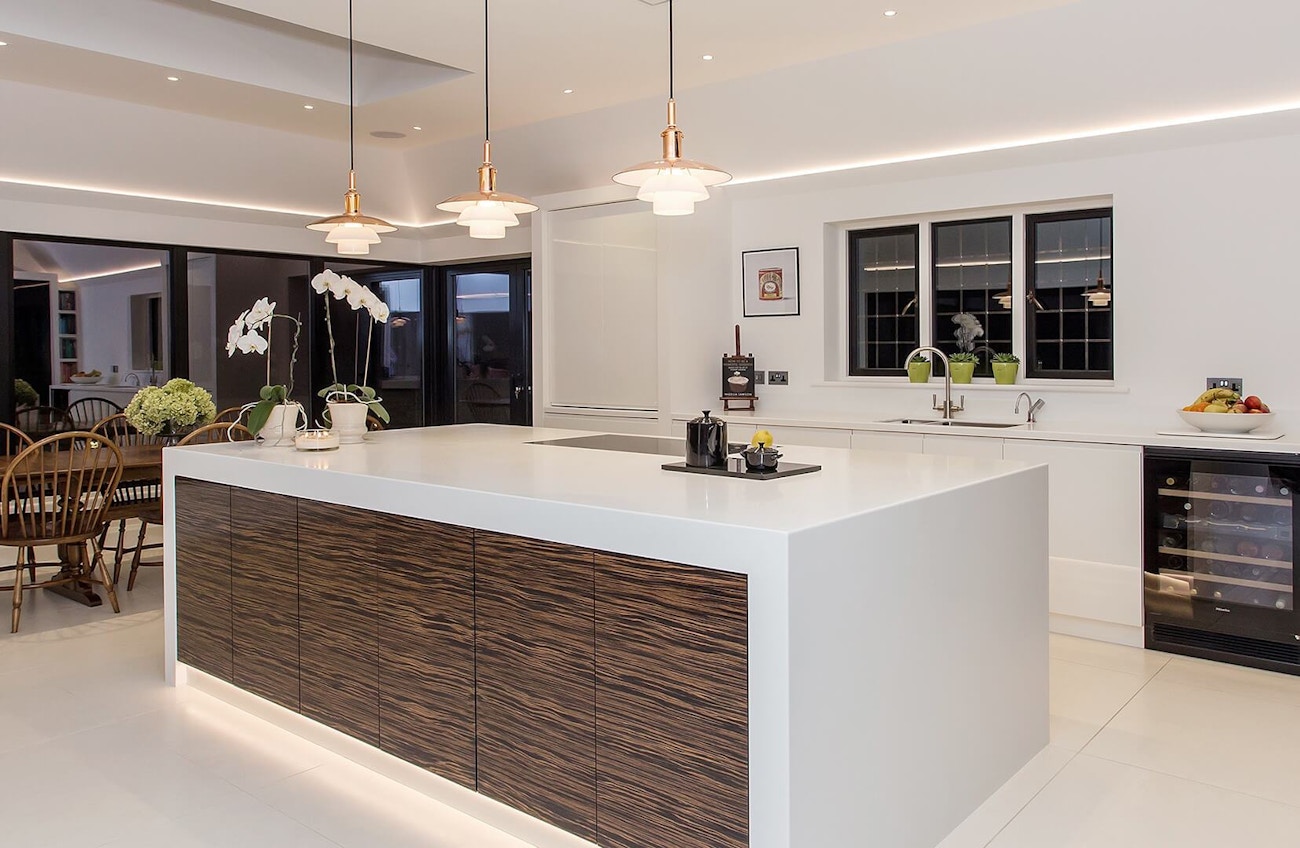Lighting plays a huge part in how your space looks and feels. It affects the ambience of your home greatly and can be used in various ways to provide both health and mood benefits throughout the day.
Whether you’re designing a new space or renovating your current home, there are some very important lighting design rules to keep in mind.
So, follow this guide and you’ll be sure to create a beautiful, efficient, and functional home you love spending time in.
1. Know each room
Designing a lighting plan for your home involves a number of rooms which differ in size, purpose, and location. This directly effects how you should approach each space with light.
As a first step, consider what the most important thing you’ll be doing in each room is.
Will it be used for relaxing, sleeping, or being productive?
Once you know what you want to get out of your space, you can learn how different lights can help optimise for that purpose.
For example, cooler lighting (a bright white or blue colour) is best used in spaces that require concentration. Whereas warmer lighting (a yellow or orange colour) should be applied in spaces that focus on relaxing. This is known as colour temperature, which we’ve explored in greater depths with a recent blog - if you’re interested in learning more on this topic, here’s how colour temperature can influence your interior.
But back to the point. Should you decide to follow this simple rule, not only will you find your evenings more relaxing, but you’ll also notice less headaches and more energy in the mornings as well.
![Colour temperature]()
2. Functionality over looks
Your lighting should always put functionality first. No matter how good you think it could make your space look, if it doesn’t make sense, don’t do it.
This applies to both your main sources of light and the smaller details.
Think of workspaces like kitchen countertops and bathroom vanities. Adding lights under cabinets and around mirrors makes such a difference in the quality of light you receive, and ensures your space is functioning the way you need it to, without any unwanted shadows.
In short, don’t get too caught up with the look of your lighting. Think about the purpose it’s serving and you’ll thank yourself later.
![bathroom vanity lighting]()
3. Don’t forget dimmers & smart technology
When upgrading the lights in your home, dimmers are always a good idea. They allow you to change the level of light based on the mood and activity in each room.
Not only does this provide more customisation with the lighting in your home, but increases the lifespan of your bulbs and reduces electricity usage too.
For even more customisation though, smart lighting control systems can be integrated into your home. This can be done in a number of ways and serves many benefits for you and the space you live in.
If smart lighting technology sounds of interest to you, why not take a further read with our complete guide to home lighting control systems.






